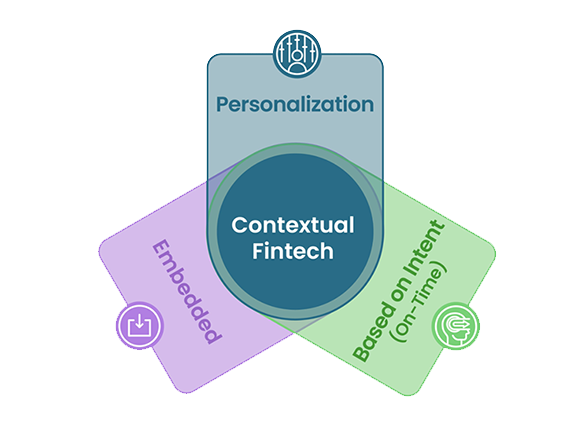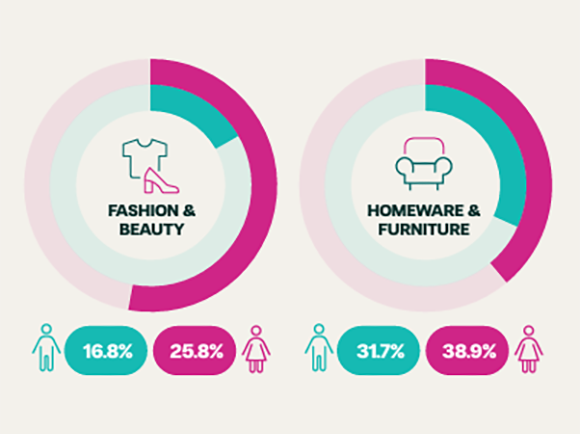Should I choose a single-lender or multi-lender retail finance platform?

What’s the difference between a single-lender and multi-lender retail finance platform? Should I go for waterfall lending, or stick to a prime lender? What about if I want to offer multi-geo lending?
Understanding the nuances of retail finance can help you to decide which type of provider is right for your business. In this article, we explore the differences between single-lender and multi-lender platforms so you can save time and money when choosing your finance partner.
Quick context: what is retail finance?
Retail finance is a form of lending that enables retailers to offer credit at the point of sale. It’s sometimes referred to as Buy Now, Pay Later (BNPL). However, BNPL is just one form of retail finance. Higher-value purchases tend to fall under the bracket of Short-term Interest-free Credit (STIFC).
Often, the platform provider acts as the lender. This type of setup is common with single-lender platforms. But there are also providers that connect retailers to multiple lenders using a single platform.
What is a single-lender retail finance platform?
A single-lender retail finance platform enables finance using just one lender. This is often because the platform provider is also the lender. Single-lenders are usually customer-facing or direct to consumer brands. The lender usually adds their own button to the retailer’s checkout.
Businesses often onboard multiple single-lender platforms at their checkout to ensure a suite of providers cover their customer’s needs. Whether this is right for your business will depend on the type of goods and services you offer.
What is a multi-lender retail finance platform?
Multi-lender retail finance platforms, on the other hand, have two or more lenders for any given merchant. There are several types:
Waterfall lending platforms
Waterfall lending is when a platform offers access to a hierarchy of lenders, usually organised into tiers of risk appetite.
The primary lender is usually a Tier One or prime lender. This means they are a well established financial institution with competitive rates, stringent affordability checks, and a mature approach to risk. Prime lenders prefer prime customers – those with better credit ratings and higher incomes.
If a customer is turned down by a prime lender, their application will be passed to the next lender in the waterfall. This will be a sub-prime lender, with less competitive rates and a higher appetite for risk.
This entire process happens in the background in a matter of moments. Neither customer nor merchant need take any action; the final decision is apparent when it has been made.
What sort of businesses benefit from multi-lender waterfall platforms?
Merchants hoping to increase their acceptance rates will look to providers with waterfall lending capabilities. The main benefit is an increase in sales, which is a result of being able to lend to both prime and subprime customers.
Waterfall lending can be a great alternative to offering multiple retail finance solutions. It allows the merchant to manage and track the success of their retail finance programme through one platform.
But there are limits to its success. Subprime lenders make their margins on lending to consumers with low affordability scores. This could lead to a higher rate of defaults, which could reflect poorly on the merchant’s brand.
Tier One lenders, on the other hand, are considered the gold standard of credit providers. They serve prime borrowers with the best rates because these customers are typically more in control of their finances.
When is a single-lender retail platform better than waterfall lending?
Waterfall lending can be beneficial for merchants hoping to improve their acceptance rates. It can also be good for consumers who have been denied credit elsewhere. Subprime lenders can also benefit from the business by accessing a new pool of customers. But it can cause issues, as we have discussed. A single lender platform may be preferable to avoid this pitfalls. A single-lender platform may also suit merchants that want to build a relationship with the lender specifically. And it can make the process of refunds simpler, as merchants will immediately know which lender to contact when they have a problem.
Multi-geo lending
Multi-geo (or multi-geography) lending works differently to waterfall lending. There are again multiple lenders, but this time the lenders are located in different markets.
So, one lender may be in the UK, while the other is in France. This presents a significant strategic advantage for retailers operating in multiple markets.
Businesses that provide retail finance in multiple markets usually have to deal with a different lender for each country. Each country’s retail finance platform provider will require its own integration, backend structure, and set-up fee. But with multi-geo lending, businesses use a single API integration to make this process simpler.
This also makes it easier the merchant to grow their finance programme abroad. Businesses with a footprint in multiple regions may find it difficult to secure lenders abroad if their revenues are not high enough in their chosen country, or if they are unfamiliar with local regulation.
What sort of businesses benefit from multi-geo retail finance?
Any business with a UK presence planning to expand internationally can future proof their business with a multi-geo retail finance platform. Access to multiple markets using a single API simplifies the process of establishing an overseas presence.
Businesses that want to simplify their API integrations and backend management will also benefit considerably.
It’s also worth stressing that multi-geo retail finance is only currently available via white label retail finance platforms. White label platforms allow merchants to provide a credit option at the checkout under their own branding, strengthening their brand loyalty and remaining in control of their customer journey. This helps to build trust and deepen their existing relationships.
When is a single-lender retail platform better than a multi-geo retail finance?
Businesses focussing on a single market without aspirations to expand abroad may not benefit from a retail finance platform with access to multiple countries. A single-lender platform may be beneficial in this circumstance.
The bottom line
Single lender platforms are fantastic for single markets, but lack the flexibility of a multi-lender retail finance solution. This is arguably one of the reasons so many retailers adopt multiple checkout finance providers.
Having multiple-lenders can reduce the cost and complexity of offering retail finance while future proofing your business.
You might also
be interested in
Keen to know more?








